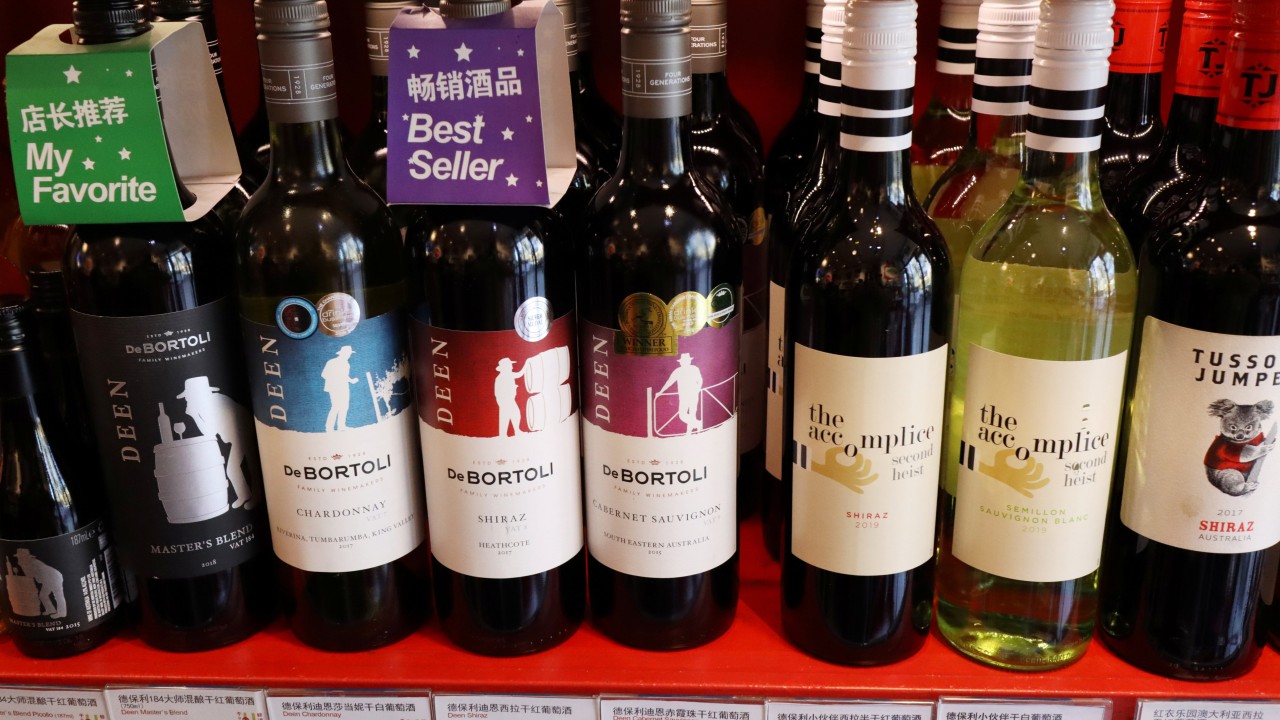
With import tariffs removed for the first time in three years, shipments of Australian wine to China surged in April, with analysts expecting producers to jump back into the lucrative market “quite quickly”.
China imported US$10.4 million of wine from Australia in April, up from US$126,045 a year earlier, representing a roughly eightyfold increase, according to Chinese customs data. Imports by volume, meanwhile, increased more than sevenfold year on year to 462,518 litres (813,918 pints).
As a result, Australia’s share of China’s wine imports rose from 1.45 per cent in March to 10.52 per cent last month, making it the third largest wine supplier after France and Chile.
“If China totally removes its barriers, then all kinds of products can return to normal trading, especially red wine because the demand is so huge,” said Lu Xiang, a research fellow in US studies at the Chinese Academy of Social Sciences.
But while the two economies are “mutually beneficial”, concerns over Australia’s role in the Aukus security alliance with the United States and Britain remain, Lu added.
Before the restrictions, Australia had long been the leading supplier of wine to China, holding a 37 per cent market share in 2019.
“If relations [with Australia] are normal, then red wine will come back with a huge potential,” said Lu, with French wine often viewed as too expensive.
Last year, France dominated the Chinese wine market with a 49 per cent share valued at US$491 million. In April, its share stood at 46.7 per cent.
Stuart Orr, CEO of the College of Practice Professors in Melbourne, said that Australian winemakers have a resilient “stockpile” of wine, which unlike certain other products, could increase in value over time.
“The resumption of opportunities in China is attractive, so they’ll follow that,” Orr said. “I think they could jump back in quite quickly.”
Orr predicted Australian winemakers would receive a fair degree of support from Canberra because wine is viewed as a “high-prestige” product.
Firms may also still have infrastructure in China, such as a network of retail stores, that may have been temporarily shut down.
“China was an easy low-cost market in the past,” he added.
Relations have shown signs of improving, with Foreign Minister Wang Yi making his first visit to Australia in seven years in March, prompting speculation that other curbs would be lifted.
It’s very difficult for a long-term block on those. You can’t keep punitive measures forever
And Orr said lifting the curbs on lobsters would be next as Chinese consumers still prefer the “clean green food from Australia”.
“It’s very difficult for a long-term block on those. You can’t keep punitive measures forever,” Orr added.
“The punitive party moves on and it becomes a disadvantage to [the other side]. The restaurant chain lobby is going to want to buy Australian lobsters and they’re told they can’t.”
According to Chinese customs, China did not import any Australian lobsters in April, with Vietnam and New Zealand taking the market share with 46 per cent and 29.85 per cent, respectively.
In 2019, Australia was the top exporter of lobsters to China, with a 54.9 per cent market share valued at US$517 million.

